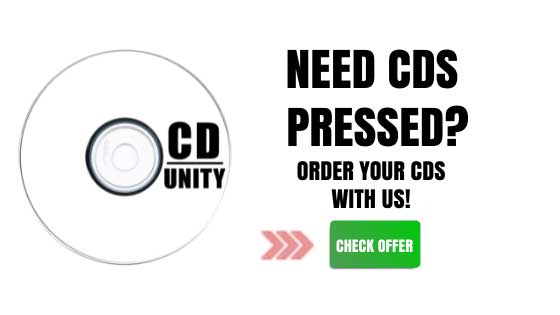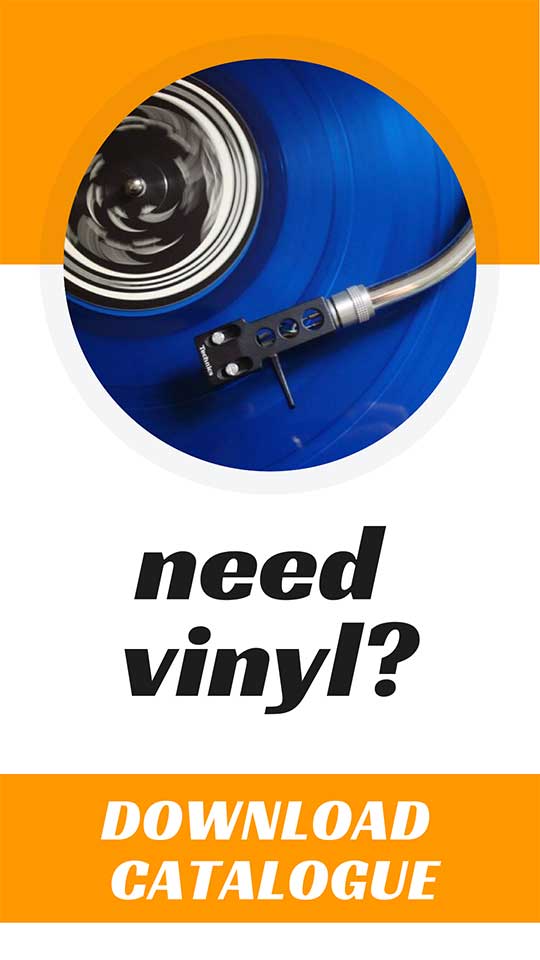What was the first music album you ever bought? Never mind how amazing, or embarrassing, it may have been, it will most likely have come in a CD Jewel Case.
What a jewel case is exactly? A Jewel Case CD is a clamshell-like structure which houses a CD. It is made from semi-flexible polypropylene and contains two sections which are held together by a rigid spine; just like a clam.
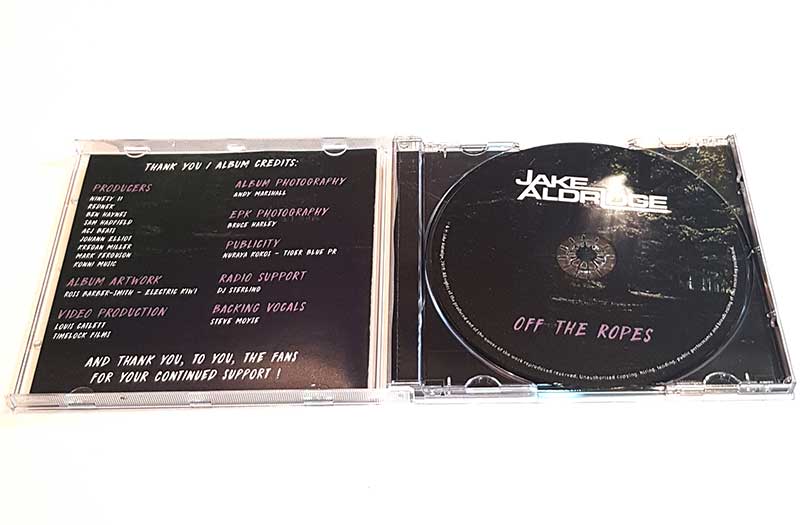
A printed cover slides into the front and back of the Jewel Case, which also covers the spin of the case, to advertise what is contained within. Traditionally, the CD is stored inside the case on the right-hand side, but this placement is not sacrosanct.
The main benefit to a CD Jewel Case is the protection that it offers the compact disc itself. Owing to the semi-flexible plastic material that forms the case, the structure can take a heavy weight of pressure before any harm is done to the CD.
Unfortunately, this may lead to cracks appearing in the case’s plastic, which is why many music-lovers prefer to buy Digipak CDs (with their outer-structure being made of cardboard, they will never crack).
But, personally, I would rather have cracks in my case rather than the disk itself.

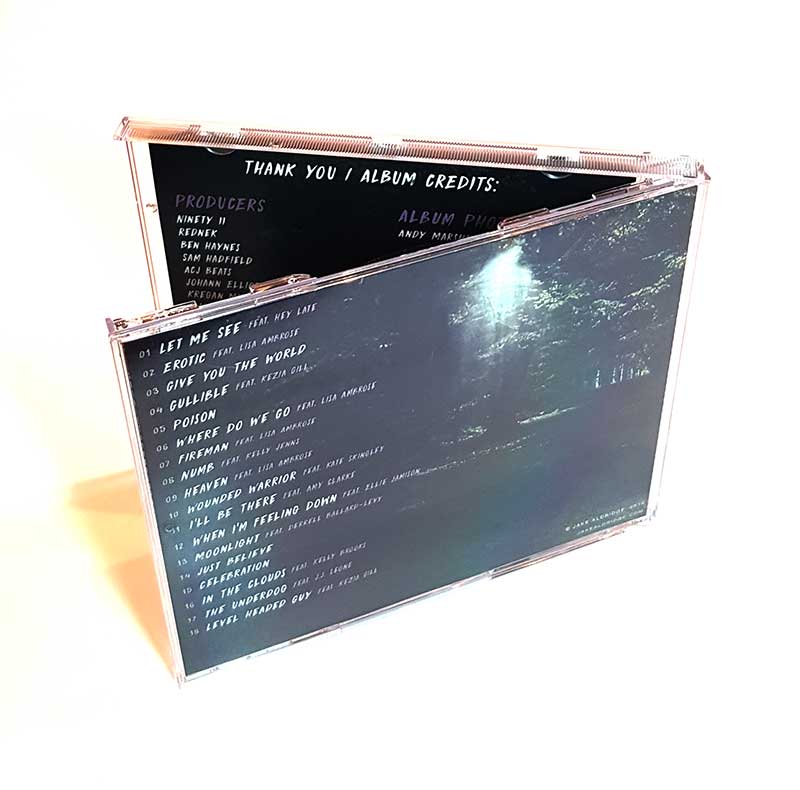
What is in a Jewel Case CD?
A CD Jewel Case is made from a clear plastic, with covers slipped or stuck into place. Can hold one or more CD’s and can contain:
Album artwork
A biography of the artist or artists
Lyrics of the songs
List of the songs included on the CD
Booklet (up to 32 pages)

What are dimensions of Jewel Case CD
Each Jewel Case consists of three pieces of plastic (semi-flexible polypropylene) constructed into a clamshell-like structure that measure 142mm x 125mm x 10mm. Contained within this structure is a tray which is designed to hold one compact disc.
Within this design is space for additional material, such as displays for the front and back of the case.
Typically, the front displays the album’s marketed artwork (including band name, logo, label representation etc), whilst the back displays a list of contents for the disc.
A black or transparent disc tray is moulded to fit to the disc’s shape and dimensions, while the centre hub contains grooves to grasp the disc and prevent it from moving.
The disc tray also rests in the middle of the case to ensure equal-maximum distance from the case’s perimeter all the way around the disk; preventing damage to the CD’s surface from unnecessary friction.
You can get exact dimensions sheet here.
What Do a CD and Case Weigh
The case itself normally weighs between 68-100 grams while the compact disc (CD) weights just under 17 grams.
Although, with the increasing advancements in technology, these weights are only getting lighter.

How Do You Get a CD Out of a Jewel Case?
First of all, be gentle. Do not just grab the CD by the edge and attempt to quickly remove it from the tray. CDs, particularly when anchored down to one point (as they are in Jewel Cases thanks to the bespoke grooves of the centre hub), are quite fragile.
The best method is to be gentle. Personally, I first place my thumb’s weight onto the spindle rising from the centre hub. This begins the CD’s release. Next, I place my index finger to the bottom edge of the CD and lift up. Then, when holding the CD, never place your fingerprints onto the desk itself. Instead, hold the CD by connecting your middle finger and thumb through the opening in the CD.
Remember, the intention of a Jewel Case is to minimise any interaction between the sensitive CD surface and harmful substances.
Your fingerprints contain these substances. So, don’t ruin the good work of the case by getting your hands all over the disc.
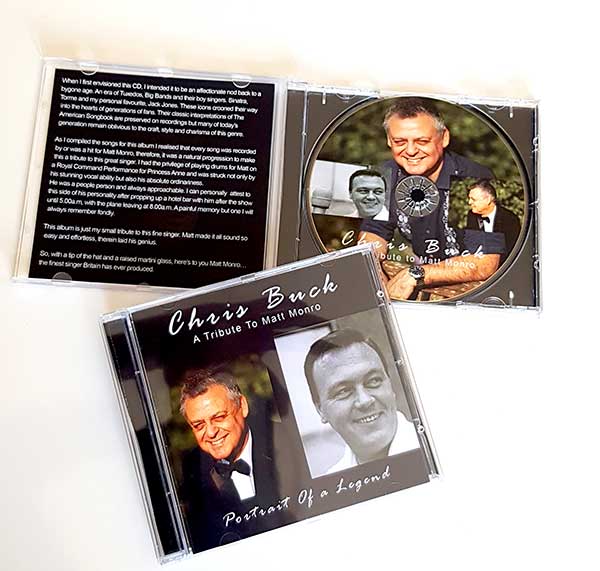
How Much Are Jewel Case CD's
Being a staple of the music industry for nearly 50 years, Jewel Cases are an extremely affordable method of delivering music in the 21st century. In fact, we are offering a great deal of 100 packs for just £265.
Are Jewel Case CD Still Popular
Yes, unequivocally so. At CD Unity we sell hundreds of packets of Jewel Case CDs each week.
This is actually down to the choice of bands we work with. They prefer a Jewel Case’s strong structurally integrity as it provides a safe home for their precious music.
Plus, it all but guarantees the safe delivery of the disk to paying fans!

What's the Difference Between Jewel Case and Digipak CD's
The difference between a CD Jewel Case and Digipak is the material used in production. The digipak is made of cardboard stock, allowing any unique or custom design to be printed upon it.
Additionally, the cardboard structure gives it an appearance similar to that of an envelope.
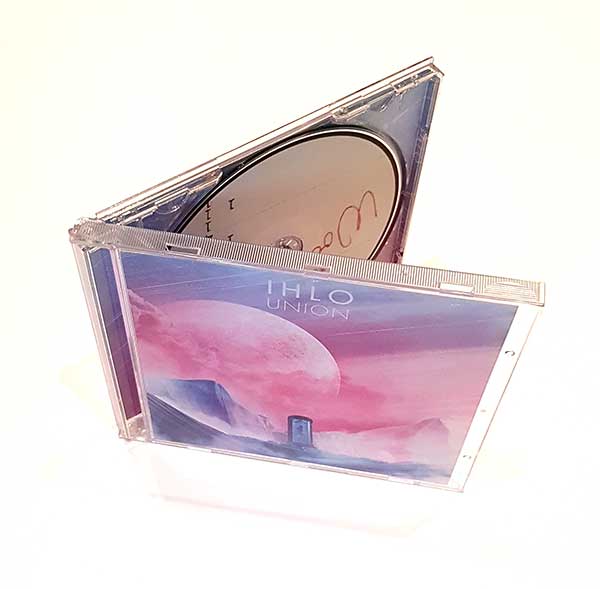
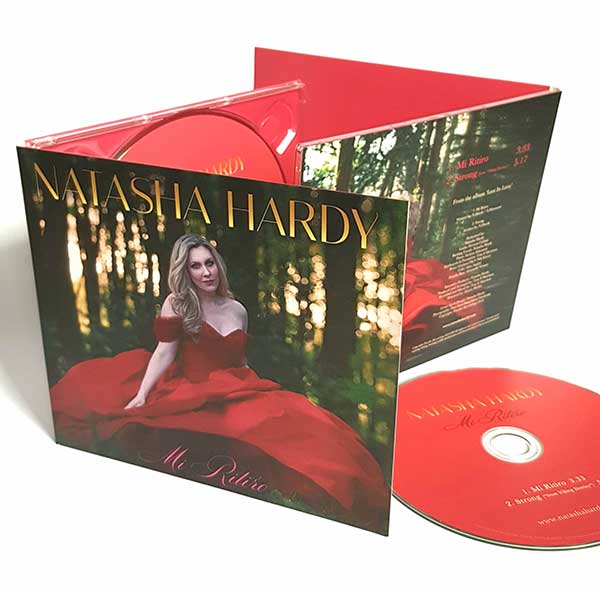
Why is it Called a Jewel Case?
The name ‘jewel case’ originates from the creation of the first compact disc; introduced by Dutch electricity company Philips in 1982.
With an intention of protecting the disc from dirt, scratching and exposure, for as long as possible, some form of protection had to be found. The solution: The Jewel Case.
The case’s designer, Peter Doodson, christened this protective box as a ‘jewel case’ because he claimed it was the perfect case design, which also picked up light from certain angles.
Other materials were trialed, such as glass and wood, but they were deemed ineffective for the case’s function.
The first album released in a Jewel Case was Billy Joel’s 52nd street. From then, billions of cases have been created!
Hope that helps!
Thanks,
Rory
Get ready for your CD release!
Download our FREE pdf guide and be on the sure path to release your CD successfully.
Download pdf guideYou might also like:
Includes PR companies, UK promoters & UK booking agents. Everything you need to put your band on the map.


